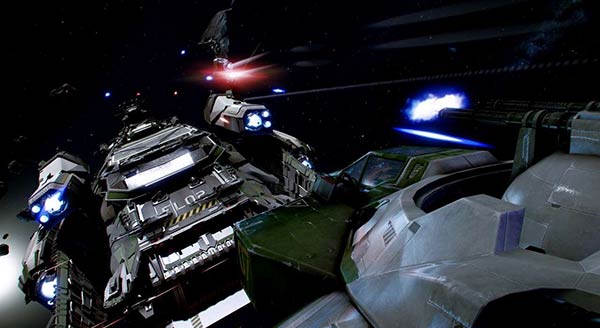AMD has boasted of very impressive performance figures which can be achieved thanks to its recently introduced Mantle API. Also the chipmaker revealed that three major game engines are being adapted with Mantle optimisations and around 20 games are now in development to make the most of your AMD hardware thanks to Mantle. AMD also showed for the first time an open, non-proprietary competitor for Nvidia's G-SYNC monitor technology.
Mantle games
AMD first detailed Mantle when the Radeon R9 and R7 series graphics cards were launched in Hawaii near the end of September. In November we heard about three major games developers coming on board to optimise their games for AMD hardware via Mantle and at CES we have had an update to these numbers and began to see the potential of the application of Mantle technology.
Now we know that three game engines support Mantle so far, these are; the Asura Engine, the Frostbite 3 Engine, and the Nitrous Engine. Upcoming games that will utilise Mantle include Battlefield 4, Thief, Star Citizen and Sniper Elite 3. AMD says in all there are about 20 games in development right now that are being optimised for Mantle.

In AMD's CES presentation the game Battlefield 4 was shown to be running up to 45 per cent faster thanks to the new development API. The Battlefield 4 update which is Mantle enhanced will be out later this month.
AMD FreeSync
Several companies have shown off Nvidia G-SYNC enabled monitors at the CES this year. Nvidia's monitor side feature helps make your gameplay even smoother by synchronising the monitor refresh rate to the graphics card output but requires an Nvidia GeForce GTX 650 Ti Boost or better.
AMD's FreeSync is a competitive technology that "doesn't require specialized hardware, or licenses to the display makers," reports TechPowerUp. FreeSync uses dynamic refresh rates that have been supported by the last three generations of AMD GPUs, it requires variable VBLANK timing which is a proposed addition to the VESA spec, which is already present in many modern displays.
AMD Catalyst drivers are said to already support dynamic refresh on supported displays but Nvidia needed the external hardware to implement this feature. However the Nvidia tech will "have an edge with its output quality," an AMD exec has reportedly confessed. The main difference is that as AMD's implementation is all computer host side so there is a bit more processing to do for your machine.
This week AMD demoed FreeSync on Toshiba laptops at the CES and a whitepaper filling us in on the finer details will be forthcoming. AnandTech had a look at a demo of the FreeSync technology and concluded the technology could "be a big win for AMD’s APUs," including those in the Xbox One and PS4.













